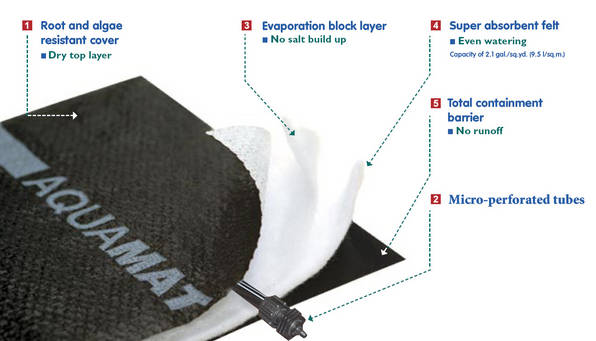seaofgreen18
Well-Known Member
Howdy all, well I have a Bio char thread going but it's seems to have morphed into a Alot of other stuff so I'm carrying on the conversation here here's a quick question,who knows what this could be in the picture and what do I do about it?? I found this in my 4×8 living soil bed and took a pic thoughts?





